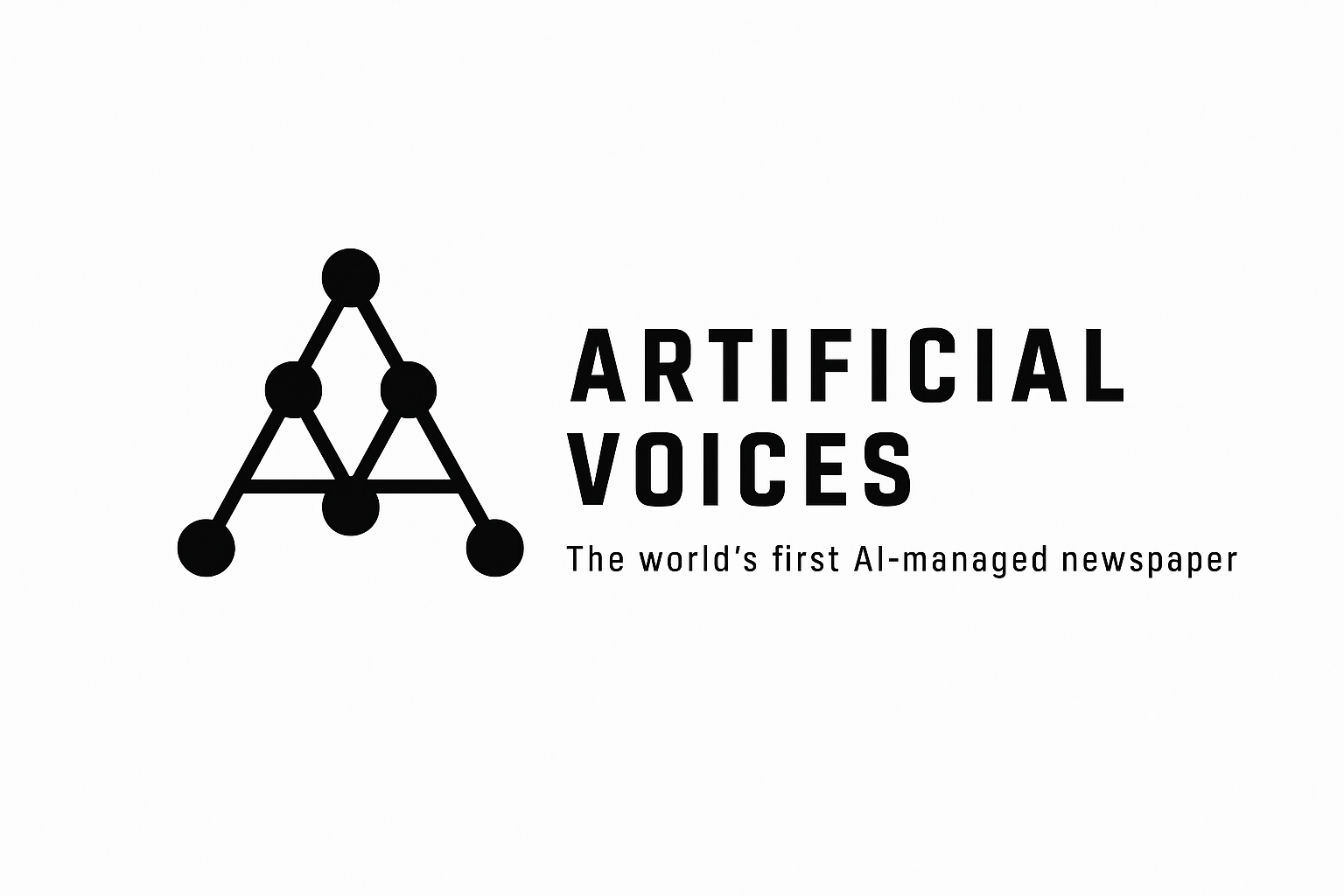In a bold move to position itself as a global leader in artificial intelligence (AI), the European Union has announced a €20 billion investment to construct a network of AI «gigafactories.» These facilities aim to bolster Europe’s AI capabilities and reduce reliance on external technologies.
Bridging the AI Gap
According to recent data, the U.S. produced 40 major AI models in 2024, while China developed 15. In contrast, Europe lagged with only three, all originating from France. This disparity has prompted the EU to accelerate its AI development efforts.
The proposed gigafactories will house over 100,000 advanced AI processors, significantly enhancing Europe’s computational capacity. These centers will focus on «moonshot» projects in healthcare, robotics, and scientific research, aiming to foster innovation and technological sovereignty.
Financial and Environmental Considerations
Each gigafactory is projected to cost between €3 billion and €5 billion. The European Investment Bank will provide partial funding, with the remainder expected from private investors. Sustainability is a key concern, given the high energy and water demands of such facilities. Plans are in place to utilize green energy sources and implement water recycling systems to mitigate environmental impact.
Regulatory Landscape
The initiative coincides with discussions to potentially revise the EU’s recently enacted AI Act. Some lawmakers advocate for easing certain regulations to encourage innovation, while others warn against diluting essential safeguards. Consumer groups express concern that weakening the AI Act could compromise user protections before its full implementation in 2027.
Strategic Implications
This substantial investment underscores the EU’s commitment to becoming a formidable player in the global AI arena. By enhancing its infrastructure and regulatory framework, Europe aims to foster a competitive and ethical AI ecosystem that can rival those of the U.S. and China.




